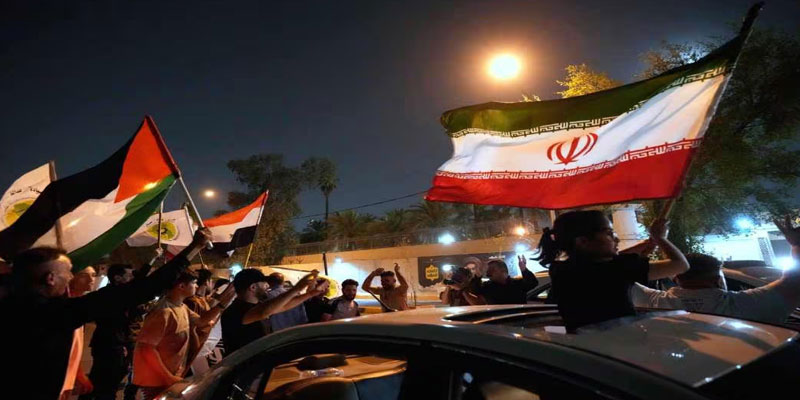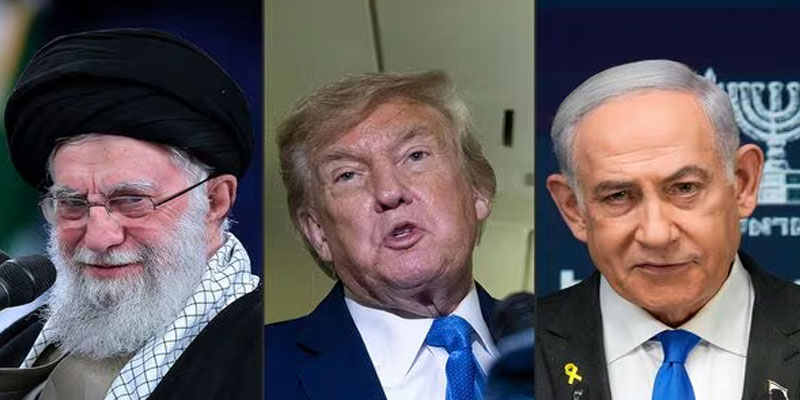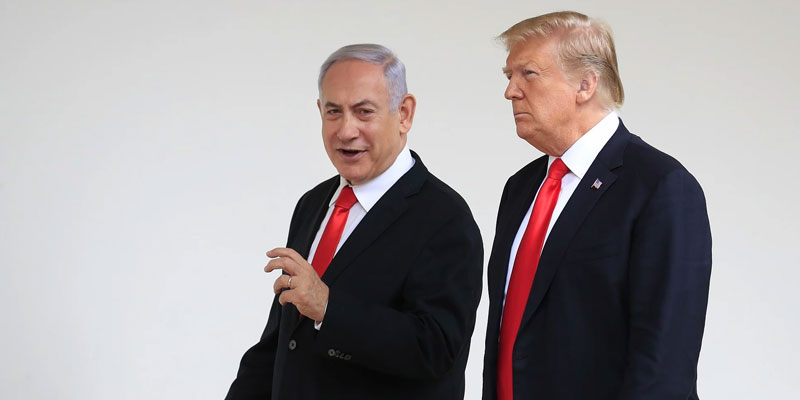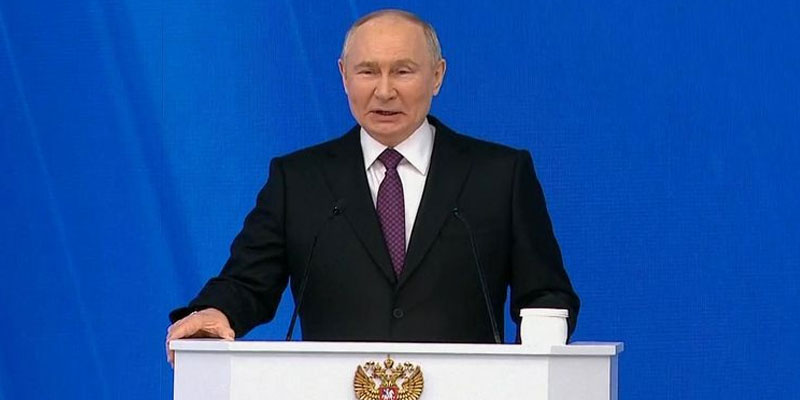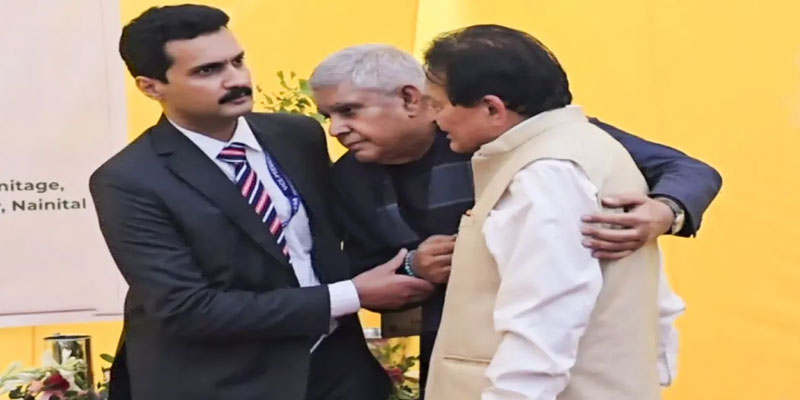US President Donald Trump has once again emphasized the need for electoral reforms in the United States, citing the Indian electoral system as an example of an ideal voting framework. In a recent executive order, Trump proposed changes aimed at enhancing election security, including citizenship verification, restricting mail-in voting, and ensuring uniform ballot processing methods. His remarks have reignited debates about electoral integrity in the US, drawing comparisons with election practices in India, Brazil, Germany, and Canada.
India’s Electoral System
India has one of the largest and most complex democratic electoral systems in the world, governed by the Election Commission of India (ECI). Established under the Indian Constitution, the ECI is responsible for conducting free and fair elections at the national, state, and local levels.
Key features of India’s electoral process include:
- Voter ID and Biometric Authentication: The Voter ID card (EPIC) is linked to Aadhaar, India's biometric database, ensuring voter verification and minimizing fraud.
- Electronic Voting Machines (EVMs): India has successfully transitioned from paper ballots to EVMs, reducing tampering and counting errors.
- Strict Campaign Finance Regulations: The ECI enforces stringent rules on election funding, preventing foreign influence in Indian elections.
- Robust Postal Ballot System: Unlike the US, India restricts postal voting to specific categories such as government officials, armed forces personnel, and senior citizens.
- Voter Citizenship Verification: Requiring proof of US citizenship to prevent non-citizens from participating in elections.
- Standardized Mail-in Ballot Rules: Restricting mass mail-in voting and ensuring ballots are counted only until Election Day.
- Prohibiting Foreign Contributions: Introducing measures to block non-US citizens from donating to certain elections.





